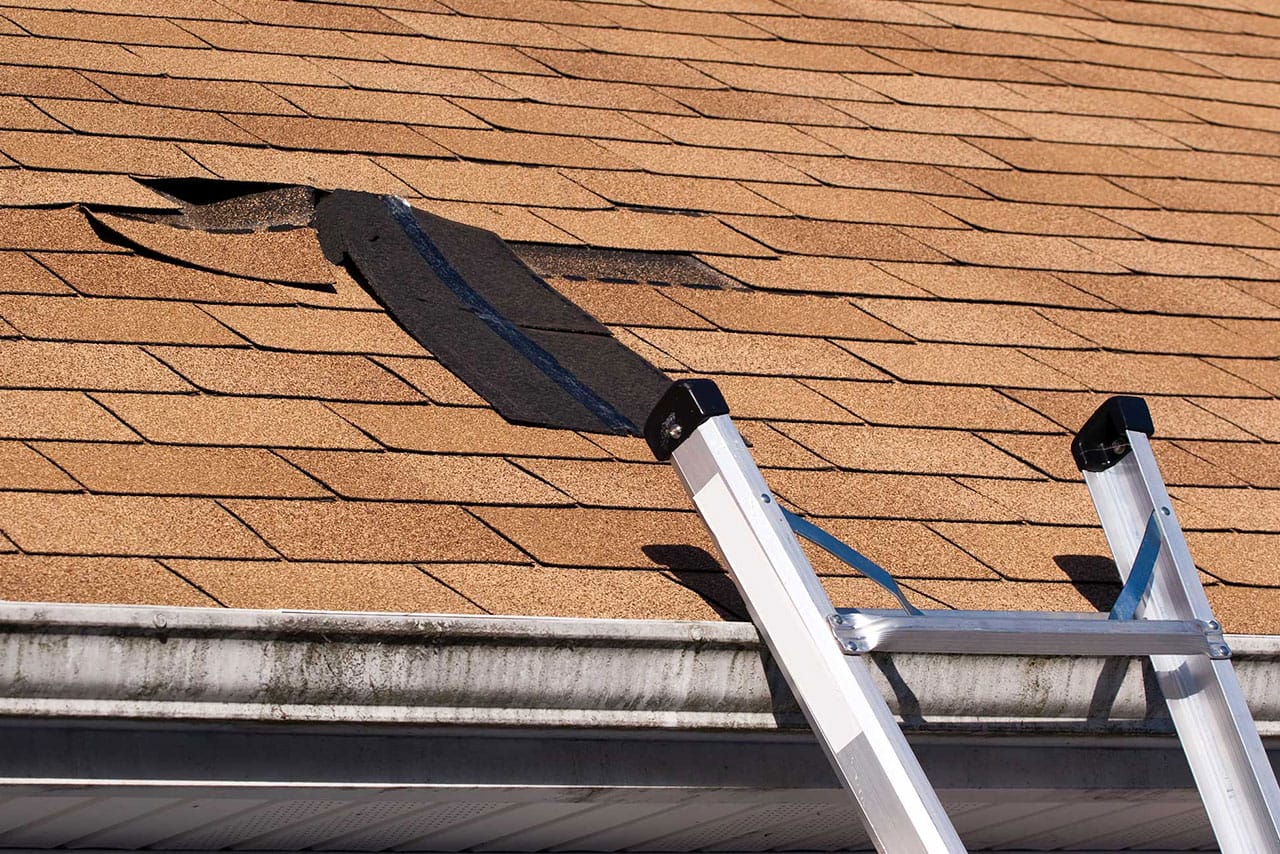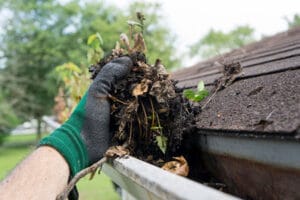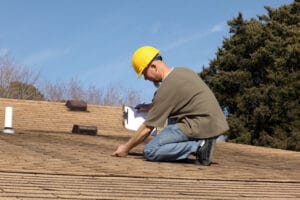A leaky roof can be a homeowner’s nightmare, leading to extensive damage and costly repairs if not addressed promptly. In this guide, we’ll help you learn how to identify roof leaks, understand the difference between condensation and a leak, recognize the dangers of a leaky roof, pinpoint common culprits like chimneys and vents, and decide whether to repair or replace your roof.
Condensation vs. Leak
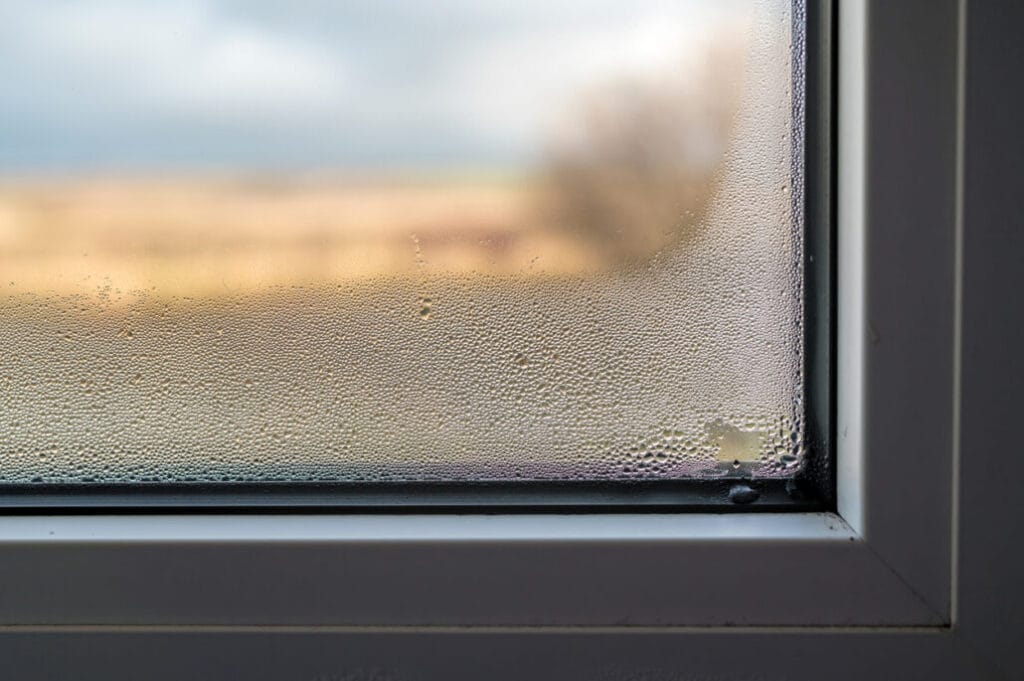
Before you panic about a potential roof leak, it’s essential to distinguish between condensation and an actual leak. Condensation occurs when warm, moist air inside your home meets a cold surface, such as the underside of your roof, and forms water droplets. This can mimic the appearance of a leak but doesn’t involve water infiltrating your roof.
To identify condensation, look for:
- Water droplets or beads on the underside of the roof.
- No signs of moisture on the attic floor or ceiling below.
If you find these conditions, it’s likely condensation, which can often be resolved by improving ventilation and insulation in your attic.
Dangers of a Leaky Roof
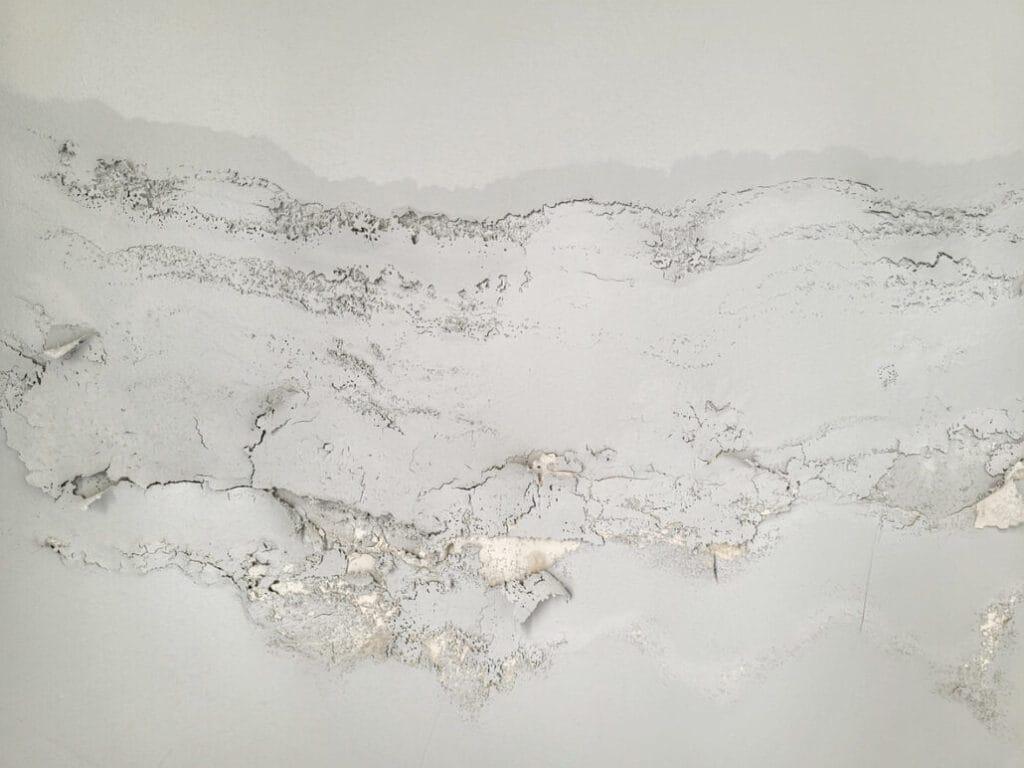
A leaky roof is more than just an inconvenience; it poses significant dangers:
- Structural Damage: Water can compromise the structural integrity of your roof, leading to sagging, rot, and even collapse.
- Mold and Mildew: Moisture from roof leaks creates an ideal environment for mold and mildew growth, which can affect your health and require costly remediation.
- Electrical Hazards: Water intrusion can damage electrical systems and pose electrical hazards in your home.
- Reduced Energy Efficiency: Roof leaks can lead to energy loss, making it harder and more expensive to maintain a comfortable temperature indoors.
When Chimneys and Vents Are to Blame
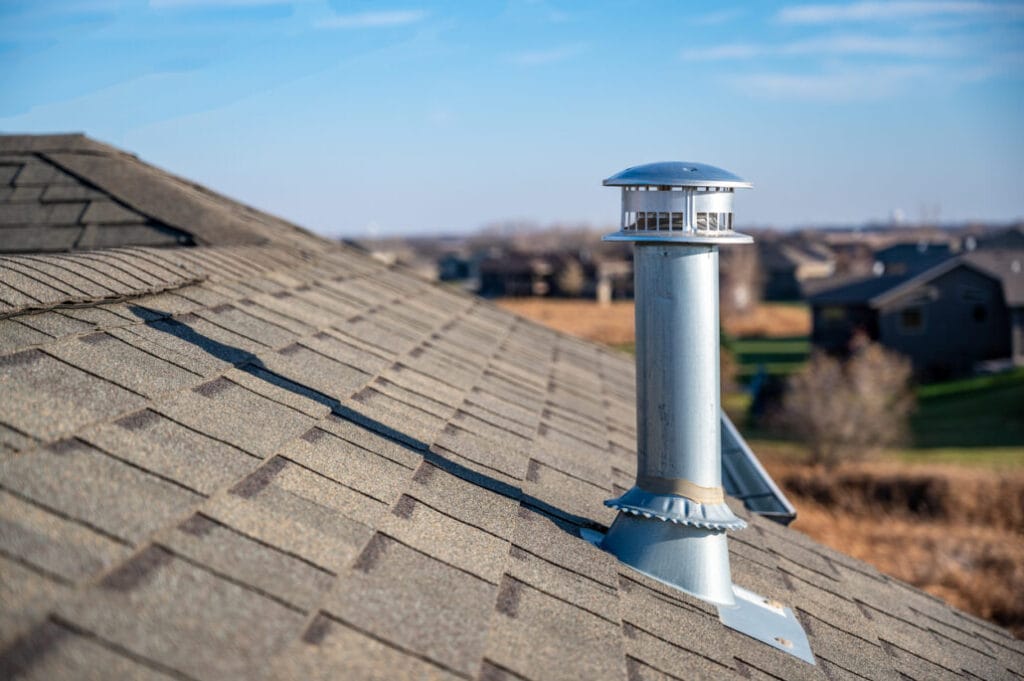
Sometimes, the source of a roof leak can be traced back to chimneys and vents. Here’s what to look for:
- Chimney Flashing: Damaged or improperly sealed chimney flashing can allow water to seep into your home. Look for signs of rust, corrosion, or gaps around the chimney.
- Vent Pipe Seals: Check the seals around vent pipes that protrude through your roof. Cracked or deteriorated seals can lead to leaks.
- Roof Penetrations: Inspect any other roof penetrations, such as skylights or satellite dish mounts, for signs of damage or inadequate sealing.
Repair or Replace?
The decision to repair or replace your roof depends on several factors:
- Extent of Damage: If the damage is minor and confined to a small area, a repair may suffice. However, widespread damage or multiple leaks may necessitate a full roof replacement.
- Roof Age: Consider the age of your roof. If it’s nearing the end of its expected lifespan, replacement may be a more cost-effective and long-term solution.
- Budget: Evaluate your budget and the cost of repairs versus replacement. Sometimes, investing in a new roof provides better long-term value.
Contact Army Roofing for a Consultation
If you suspect a roof leak or need assistance identifying the source of the problem, don’t hesitate to contact Army Roofing for a consultation. Our experienced team can assess your roof, provide expert guidance, and offer solutions tailored to your specific needs.
Protect your home and investment by addressing roof leaks promptly. Reach out to us today for a consultation and ensure your peace of mind.

